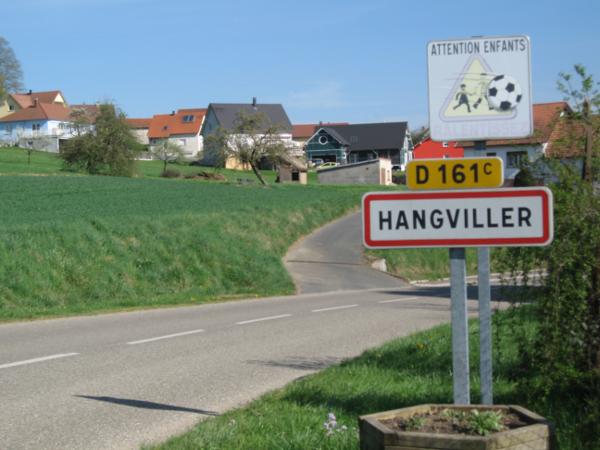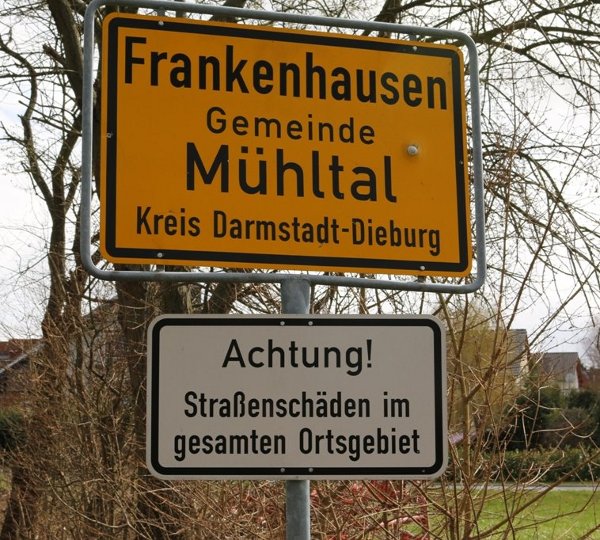Mertz European Origins
People of the Mertz (or Martz) name immigrated to America at different times from different places in Europe. Clearly, the name was taken up by any number of unrelated people back when surnames first came into widespread use. And there may be many different Mertz ancestral homes in Europe from where someone of this name originated.
But two places in particular are known for sure as the ancestral home of many Mertzes living in America today.
David Mertz came to America in 1733 with his two sons, Peter (designated P in the Mærtz Hierarchical Project) and Nicholas (designated N). David emigrated from Hangviller, a village in Lorraine, France today but would have been considered part of the nascent German Empire at the time David lived there. Many people named Mertz today live in or near that place and share a common ancestor with David. David and his family settled in Longswamp Township, Berks County, PA. They practiced the Reformed faith.
John Henry Mertz (designated H in the Mærtz Hierarchical Project) came to America in 1737 and settled in Rockland Township, Berks County, PA. He was the founder and namesake of the Mertz Church of that place. His brother Jost (designated Y) came a few years later and settled nearby. John Henry and Jost came from Frankenhausen, Germany and many people of the Mertz name, who share a common ancestor with John Henry, live there today, some in the same house where John Henry and Jost grew up. John Henry and Jost practiced the Lutheran faith.
On this page I share a few photos of these two ancestral home places, tell the story of the ancestors of those early American immigrants and, for each family, have a special detail that might be especially meaningful to American descendants today.
Hangviller & Bust, Alsace-Lorraine, France

David Mertz was approximately 44 years old when he made the decision to leave Hangviller and emigrate to America with his wife and three surviving children. He was a resident of Hangviller just prior to departing for America; his life there is documented in church and public records. His father was Peter Mertz, a resident of nearby Bust.

Curiously, though those two villages are only about 3 km apart, Hangviller today is part of the Moselle department within the Lorraine region of France while Bust today is part of the Bas-Rhin department within the Alsace region of France.
Many people named Mertz live today in that very same area of France and DNA testing has proven what seemed obvious to us from the genealogical work we have done, they are my cousins. One in particular, Fredy Mertz, has become a frequent correspondent of mine and has been a great help to me to precisely document the European ancestry of my immigrant Mertz ancestors. Two pictures nearby were taken by Fredy Mertz to show me what my “homeland” looks like today.
Fredy helped me document that my immigrant ancestor David was the grandson of Jacob Mertz who came to Rosenwiller, Alsace (where he later served as Mayor) from Menziken, Switzerland in the 1680's. In Menziken, the name was most often spelled Merz. It is believed that the name derived from the name of the month of March -- März in Swiss and German. A white paper here tells the story of the ancestors of the designated immigrants, Nicholas (N) and Peter (P) Mertz.

I have always thought Americans make too much of their supposed coat of arms of their European forebears. Since the same name was taken up by many different families in different places in Europe, there is no single coat of arms. But it turns out, for my family, there really is one — or several similar ones each reminiscent of spring time having to do with the origins of the name. Peter Steiner has researched these similar “blasons” from the Northern Aargau region of Switzerland. I especially like the one I have adopted as the primary icon of my website and as my own personal coat of arms.
Frankenhausen, Mühltal, Germany


John Henry Mertz was approximately 28 years old when he left his home in Frankenhausen to emigrate to America. His younger bother, Jost, followed 10 years later. Frankenhausen is a village within the modern-day municipality of Mühltal in Hesse, Germany.
The Mertz family had lived in Frankenhausen since 1660 and continue to live there today, some of them yet today in the original farmhouse. The German family of that place today has evidence in their family history about the members of their family who emigrated to America in the early-mid 1700’s. It is the coincidence of what they know from German records and German research to what we know about John Henry and Jost from American records and American research that make the case we are talking about the same people.
In 2016, Nathan Martz, an American descendant, made a visit to Frankenhausen and was welcomed by his German cousins in Frankenhausen. Two pictures nearby were taken by Nathan to show what his “homeland“ looks like today.

I know about the Mertz family of Frankenhausen because a young woman named Christiane Mertz found this website in 2009, contacted me and shared with me what she knew about the earliest members of her family back to the 1600’s. Subsequently, I found a full family history report that filled in many more details about this family. A white paper here tells the story of the ancestors of the designated immigrants, John Henry (H) and Jost (Y) Mertz.
When Nathan Martz visited his distant cousin Christiane and her family, they told him of a family tradition that had gone on for several centuries wherein a sketch was made of the family at every Easter Sunday. Nathan was able to photograph the sketch from 1727 which names all the members of the Mertz family of Frankenhausen seated at their dining table. John Henry age 18 is present as is Jost age 3.